When one thinks of Scandinavian interior design, a striking picture of minimalistic, functional, and light-filled spaces comes to mind. It’s a distinct style that found its roots in the cold, austere winters and nature-infused culture of Scandinavian countries, shaping a design approach that beautifully captures utility and simplicity. With its worldwide influence and celebrated designers, Scandinavian interior design sculpted a unique pathway in the world of interiors. This includes an exploration into the origin of the design, its key elements, ways to incorporate it into our own living spaces, and a deep dive into iconic designers and their influential works. We also take a future-facing look into where this timeless trend is heading.
The Origin of Scandinavian Interior Design
Origins of Scandinavian Design
Scandinavian Interior design, characterized by simplicity, functionality, and minimalism, originated in the Nordic countries of Sweden, Norway, Finland, Denmark, and Iceland in the early to mid-20th century. During this time, these countries experienced an increased standard of living, bringing about a desire for interiors that were not only aesthetically pleasing but also practical and affordable.
Cultural Influence on Scandinavian Design
The Scandinavian design ethos is deeply rooted in the region’s cultures and ways of life. For instance, the long, harsh winters demanded interiors that were warm, inviting, and full of light to combat the limited daylight hours. The result was a design philosophy that emphasized the use of natural light, pale colors, and organic materials. The cultural emphasis on equality and accessibility in these societies further spurred the creation of functional, straightforward designs that could be enjoyed by all, not just the elite.
Key Features of Scandinavian Design
Key elements of Scandinavian interior design include a predominantly white color palette, a focus on natural light, and the use of functional, simple, and well-crafted furniture usually made from natural materials like wood. Sustainability is another essential aspect, with a focus on the use of eco-friendly materials and processes. The design takes into account the functionality of each piece of furniture, accessory, or element in the room, which features clean lines and lacks unnecessary clutter, resulting in interiors that are both efficient and visually appealing.
The Influence of Scandinavian Design Globally
Over the years, the principles of Scandinavian design have permeated into the global design landscape and have become increasingly popular worldwide. This increased popularity may be largely attributed to the advent of IKEA, a Swedish company. IKEA’s affordable, simple, and practical designs, combined with its mass-market accessibility, have brought Scandinavian design principles into homes worldwide.
The Concept of Hygge in Scandinavian Design
A cornerstone concept in Scandinavian design is “Hygge,” a Danish word that translates roughly to “comfort” and “togetherness.” Hygge’s ideology encourages creating environments that promote comfort, tranquility, and a sense of wellbeing. This concept is captured through the use of cozy textiles, warm lighting, and a calm color palette in Scandinavian interiors.
Scandinavian Design Today
Modern Scandinavian design continues to uphold its original values of simplicity, functionality, and accessibility while incorporating modern trends and materials. There’s an increased focus on merging indoor and outdoor spaces, with large windows and simplified layouts that blur the line between inside and outside, paying homage to the Nordic love and respect for nature.
Scandinavian design principle, despite its constant evolution, continues to focus on providing aesthetic and functional interiors that are accessible to the common individual. Its consistent acceptance and global popularity highlight the universal charisma of these principles.
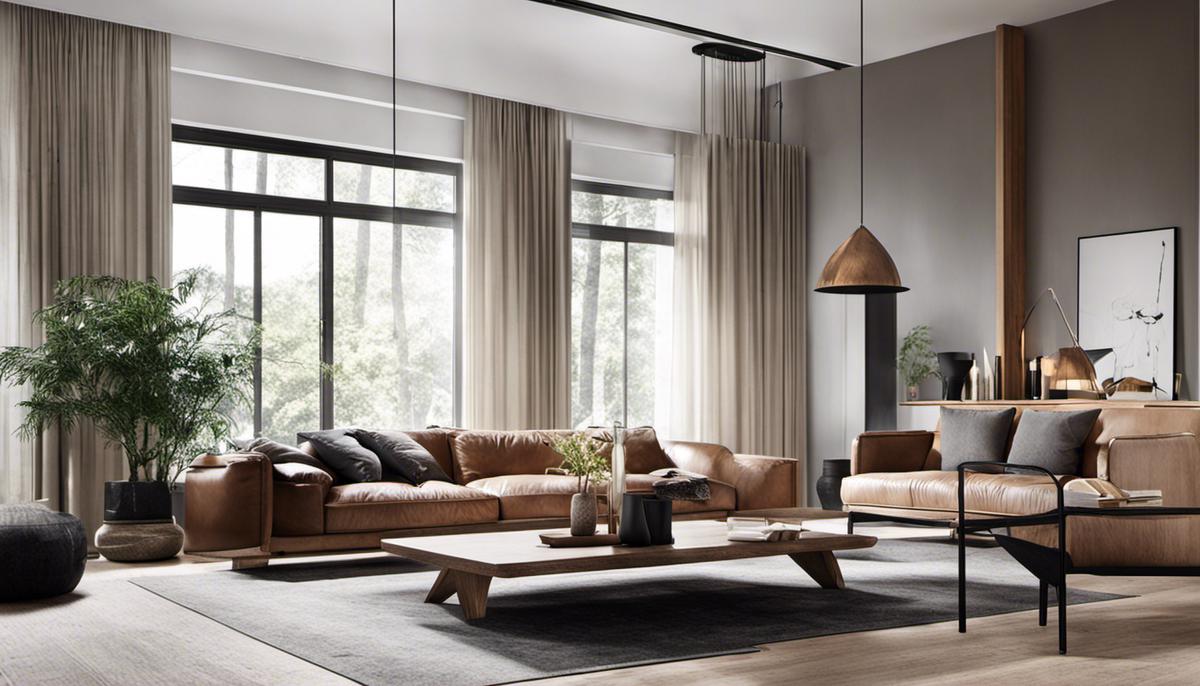
Key Features of Scandinavian Interior
Understanding Scandinavian Interior Design
Emerged from the Nordic regions of Europe in the mid-20th century, Scandinavian interior design prides itself on a minimalist perspective. It values simplicity, functionality, and the incorporation of natural elements. The design gives preference to clean lines, bright, open spaces, and a minimalist approach to avoid clutter.
Key Features of Scandinavian Design
One of the most noteworthy features of Scandinavian design is minimalism. This is inspired by the Nordic concept of “less is more”. The living spaces are often kept clean and simplistic, with a focus on sleek, functional items rather than unnecessary decor.
Equally important is the functionality of design. Every item found in a Scandinavian interior often has a purpose and is typically designed to be versatile and multi-functional. There are usually no extras or unnecessary items – only what is needed is kept, with storage cleverly hidden to maintain the clean, uncluttered look.
Scandinavian interiors extensively use light colors. This is actually a practical response to the long, dark Nordic winters, where daylight hours are significantly reduced. By keeping walls, ceilings, and large pieces of furniture in light shades, they maximize any available light, creating a bright, airy space even in the heart of winter.
Implementation of Scandinavian Design Techniques
Scandinavian interiors are often painted in soft shades of white and gray. For instance, walls and ceilings may be white, while furniture is primarily in shades of beige, gray, or light wood. This is not to say that color is avoided altogether – quite the contrary. Bright, bold colors are often introduced through the use of textiles and accessories, but the base palette is primarily light and neutral.
In terms of decor, soft textiles such as rugs, cushions, and throws are often used to add warmth and coziness, or ‘hygge’, as the Danes call it. Light is considered a crucial aspect of design, and maximizing natural light is preferred. When that isn’t enough, especially in the darker months, well-placed artificial lighting and candles can be introduced.
Finally, a connection with nature is a key aspect of Scandinavian design. This is achieved through the use of natural materials like wood and stone, indoor plants and the incorporation of large windows or glazed doors, offering views and access to the outdoors whenever possible.
Understanding Scandinavian Design
Scandinavian interior design goes beyond simply appealing to the eye; it embodies a way of living– a philosophy that underscores the importance of simple, thoughtful living. It’s a design style that values minimalism, functionality, and a profound connection to nature, all of which can significantly enhance one’s quality of life. The warm, inviting ambiance that Scandinavian decor creates not only transforms your space aesthetically but also enriches its livability and comfort level.
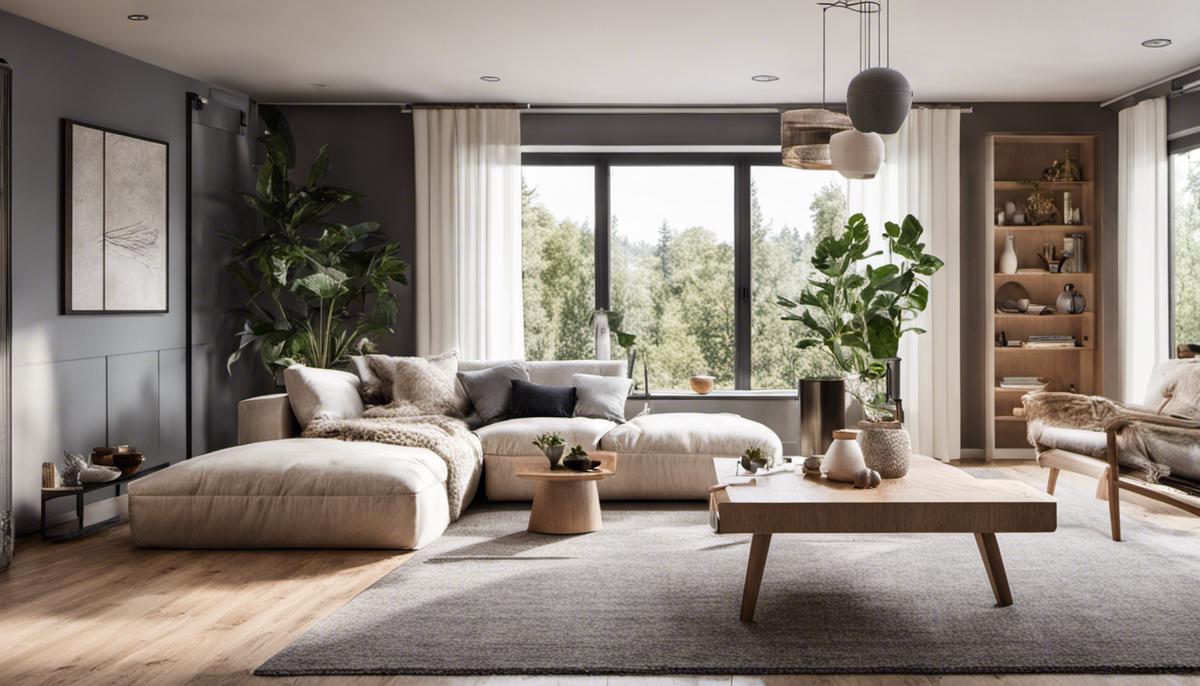
Implementation of Scandinavian Design
Selecting Appropriate Shades
To truly embody Scandinavian design in your space, it requires adopting a minimalist color scheme. The Scandinavian color palette traditionally leans towards a crisp, white foundation complemented by soft greys and blues. Nevertheless, your space doesn’t need to feel cold or impersonal; a few highlights of warm tones such as brown, deep green, or muted pink can establish a warm, homely feel. Keeping these accents at a minimum further accentuates the simplicity at the heart of this design style.
Selecting the Appropriate Materials
A hallmark of Scandinavian design is the use of natural materials, especially wood. Pine, oak, and birch are often used in everything, from flooring to furniture. These light-wood tones contribute to the overall sense of brightness and airiness in a room. In addition to wood, materials such as wicker and rattan are also used to bring in texture and depth. Remember to employ wool, cotton, and linen as well; their natural textures emphasize a stark but organic look, simultaneously snug and chic.
Choosing Furniture Styles
Scandinavian furniture is well-known for its functionality and simplicity in design. Key traits are clean lines, rounded edges, and an overall sleek, modern silhouette. Furniture items are often raised on slender legs to create an open, airy feel. Look for pieces that prioritize both design and comfort, as the Scandinavian aesthetic is not only about looking good but also creating a comfortable, practical space. For instance, oversized sofas and armchairs or ergonomic desk chairs work well.
Creating a Scandinavian Inspired Space
To create a true Scandinavian inspired space, you need to embrace minimalism and decluttering. A clean and tidy space is paramount in achieving this aesthetic as it creates the feeling of serenity and calmness. Consider multifunctional furniture to maximize the use of space without over-crowding. Decorations should be kept at a minimalistic baseline as well. Choose simple artworks or photographs in neutral frames, and avoid intricate or ornate decorations.
Fusing Plants and Light in Scandinavian Design
The essence of Scandinavian interior design cannot be realized without considering the impact of natural light and houseplants. Originating from places with long, harsh winters, this design philosophy places a high emphasis on harnessing as much natural light as possible. To allow unhindered flow of sunlight, it is recommended to use sheer curtains or none at all. Diversified sources of lighting such as pendant lights, table lamps, and floor lamps are also vital for cultivating a warm and inviting atmosphere during the less lit hours. Houseplants serve as a natural continuity between the external environment and the interior, much like wood in this design context. From hearty monsteras to delicate ferns, a variety of plants can elevate the aesthetic of your Scandinavian inspired living space.
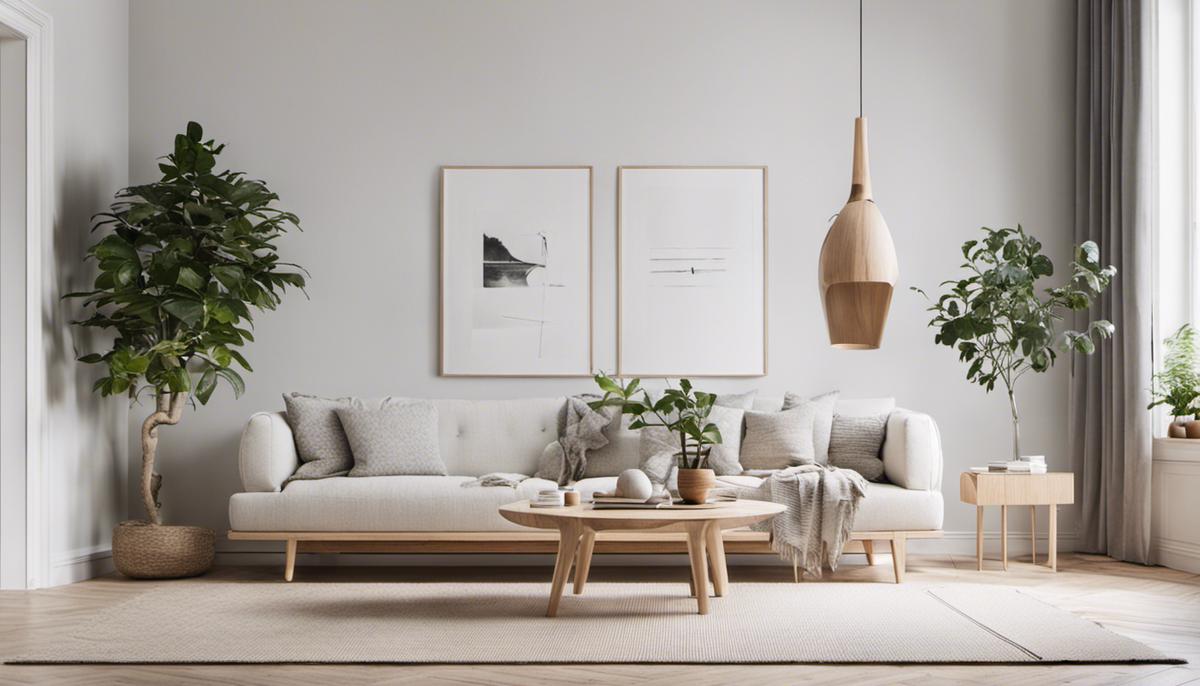
Famous Scandinavian Designers and Influential Works
The Maestros Behind Scandinavian Design
Scandinavian design, renowned for its simplicity, functionality, and inherent beauty, has etched a lasting impression on the global interior design community. This influential design approach finds its roots in countries like Sweden, Denmark, Finland, and Norway. Numerous iconic designers from these nations have left their unique marks on this design style through their innovative and inspirational works that continue to mold and influence present-day interiors across the world.
Arne Jacobsen
One of the best-known designers is a Dane, Arne Jacobsen. Rising to prominence in the 1950s, Jacobsen captivated the design world with his clean and simple style. His most iconic creation arguably is the “Egg Chair” – a perfect blend of form and function, demonstrating the typical Scandinavian design principles. With its rounded, enveloping shape and organic form, the chair revolutionized furniture design, and it remains a staple in modern interiors today.
Alvar Aalto
Called the “Father of Modernism” in Scandinavian design, Alvar Aalto was a Finnish designer famous for blending functionality, aesthetics, and materials. Perhaps most influential was his Paimio Armchair, inspired by natural elements and designed for ultimate comfort and functionality. The bent wooden frame and sleek, organic curves make it a perfect representation of Scandinavian design.
Verner Panton
Verner Panton, another bannerman of Danish design, is known for his vibrant and imaginative creations. His most renowned work, the Panton Chair, was the first chair made from a single piece of plastic. This innovative, futuristic design managed to be comfortable, practical, and stunningly beautiful.
Borge Mogensen
Borge Mogensen was another influential Danish furniture designer. His designs focused on creating functional, everyday furniture, keeping the comfort and utility of the users in mind, as seen in his Spanish Chair. This chair combines sturdy materials – solid oak and sturdy leather – with an inviting, relaxed aesthetic, embodying the essence of Scandinavian design.
Hans Wegner
Hans Wegner, yet another iconic Danish designer, is widely recognized for his chair designs. Among his most famous works is the “Wishbone Chair” – a light, attractive, and comfortable chair with a Y-shaped back, demonstrating the beauty of functional, well-crafted design, which is central to Scandinavian creation.
The elegance of Scandinavian interior design lies in its principles– simplicity, function, and beauty. Despite these designs being conceived years ago, their timeless relevance continues to influence and inspire designers worldwide. Emphasizing that a well-conceived design never loses its appeal, these works embody the quintessential elements of Scandinavian style.
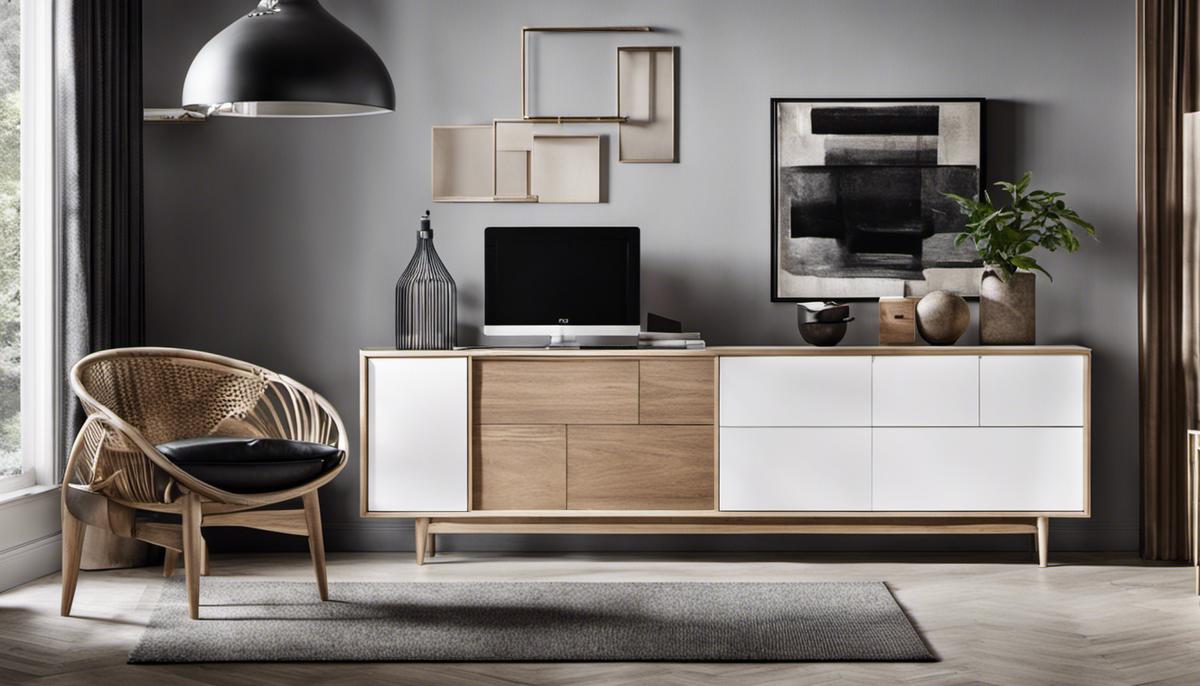
Current Trends and Future of Scandinavian Design
Contemporary Adaptations of Scandinavian Interior Design
Inherently imbued with minimalism and function, Scandinavian design is anything but static. Currently, there’s an innovative twist on these principles, seamlessly integrating them with modern trends. A striking example of this is the strategic use of light. Given the prolonged dark winters closely associated with the Scandinavian region, judicious lighting becomes essential. As such, multiple light sources like expansive windows, accentuating pendant lights, cozy floor lamps, and soothing candlelight coalesce to create a welcoming and inviting ambiance.
Alongside, a distinct feature evident in current trends is the emphasis on using natural elements. Mirroring the great outdoors through the use of stone, wood, leather, and plants, these design elements render an organic serenity. They also represent an ode to Scandinavians’ deep-rooted admiration for nature. Contemporary trends further demonstrate a progression towards incorporating muted, earthy hues. This shift from the quintessential stark white palette allows for more depth and diversity while honoring the design’s roots.
Evolution in The Modern World
The evolution of Scandinavian interior design has seen a fusion with modern styles, creating a minimalistic yet cozy appeal. The trend of “hygge,” the Danish concept of encompassing warmth and simplicity, is often incorporated, adding a depth of comfort to the minimalist design. This evolution has led to a blend called ‘Scandinese,’ combining the minimalism of Scandinavian and Japanese designs.
Despite the changes, a focus on sustainability has remained consistent, with an emphasis on recycled materials, energy efficiency, and longevity in products. This echoes the important Scandinavian pillar of having respect for the environment.
Future Prospects: Scandinavian Design Moving Forward
As we look towards the future of Scandinavian design, we can expect to see it adapt and respond to changing societal norms and technologies. The rise of remote work and education may influence more multifunctional spaces, incorporating smart storage solutions and creating defined zones within an open plan layout in line with minimalistic principles.
Sustainability is predicted to become even more important in future Scandinavian design. The use of natural and recycled materials is expected to persist and grow, responding to the global push towards more eco-friendly ways of living. Scandinavian design has always been ahead of the curve in this aspect and is likely to continue leading in creating sustainable interiors.
Scandinavian design has a timeless appeal that combines beauty and practicality. As it continues to evolve and adapt to the changing world, its relevance and impact on the world of interiors only become stronger.
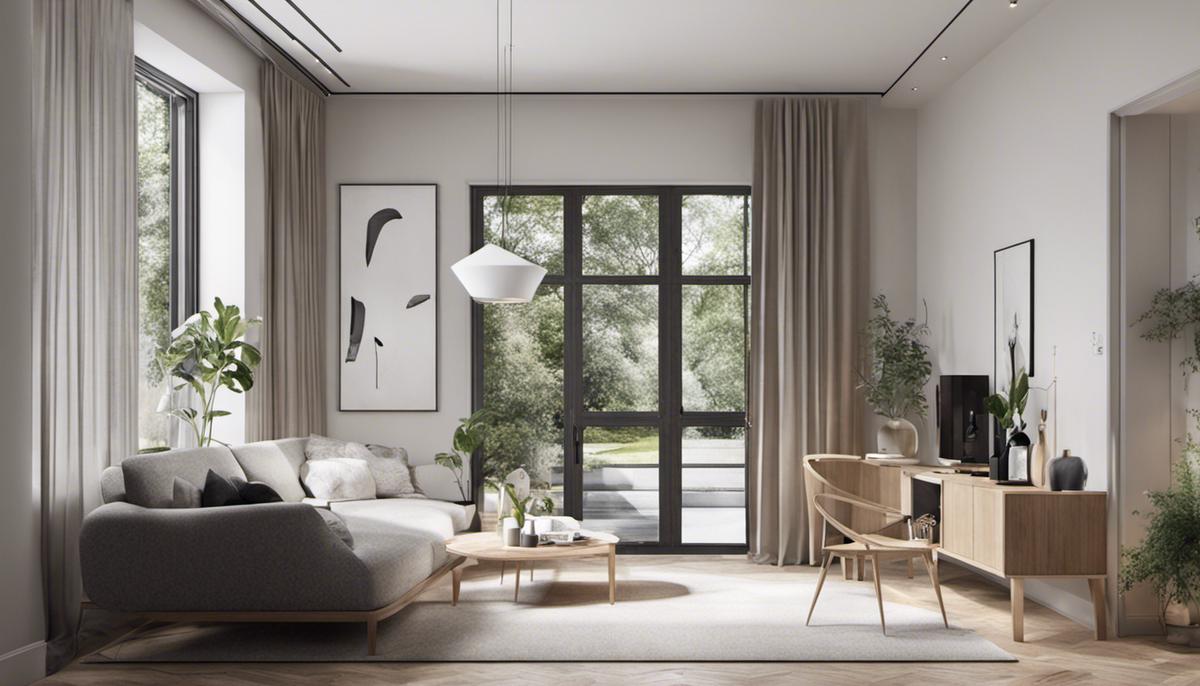
The endurance of Scandinavian interior design in our homes and hearts is a testament to its intrinsic appeal – a blend of minimalist beauty and practical functionality. Its ability to magnify the charm of simplicity while harmoniously bringing nature indoors frames a remarkable design narrative that continues to influence global trends. With advancements in technology and changing design norms, one can expect the Scandinavian design principles to evolve further and remain a vital part of the interior design dialogue in the future. Thus, the journey of Scandinavian interior design from its humble beginnings to the global stage is as captivating as the design itself, consistently adorning our lives with functional elegance.

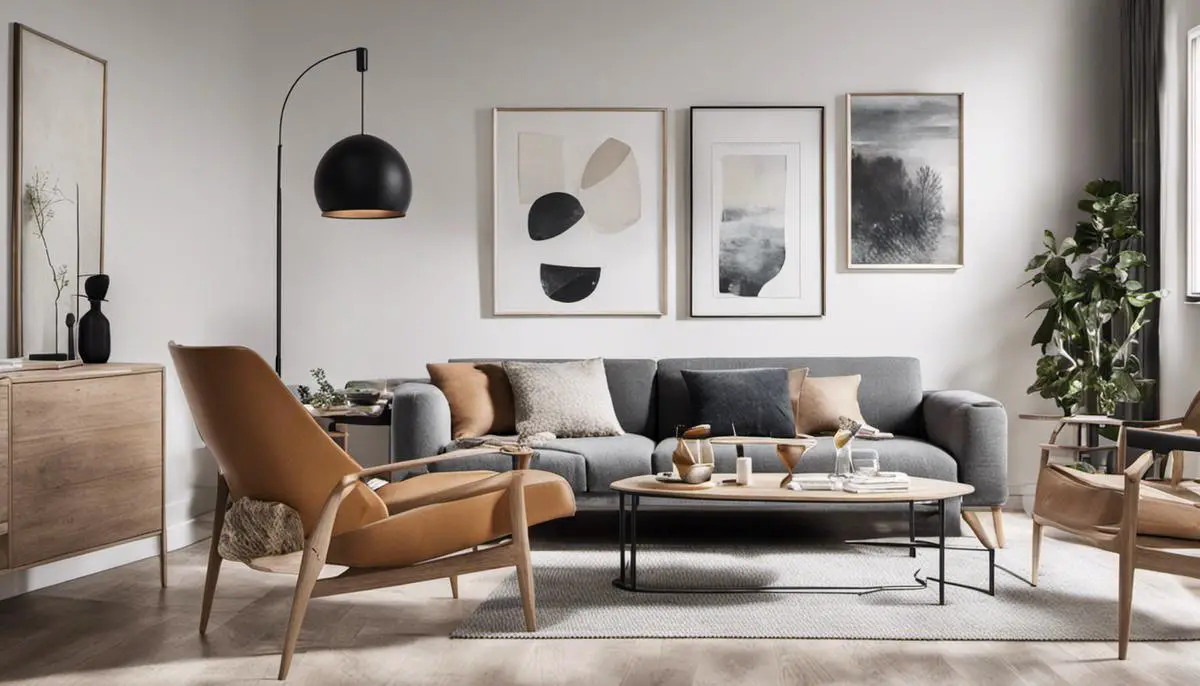
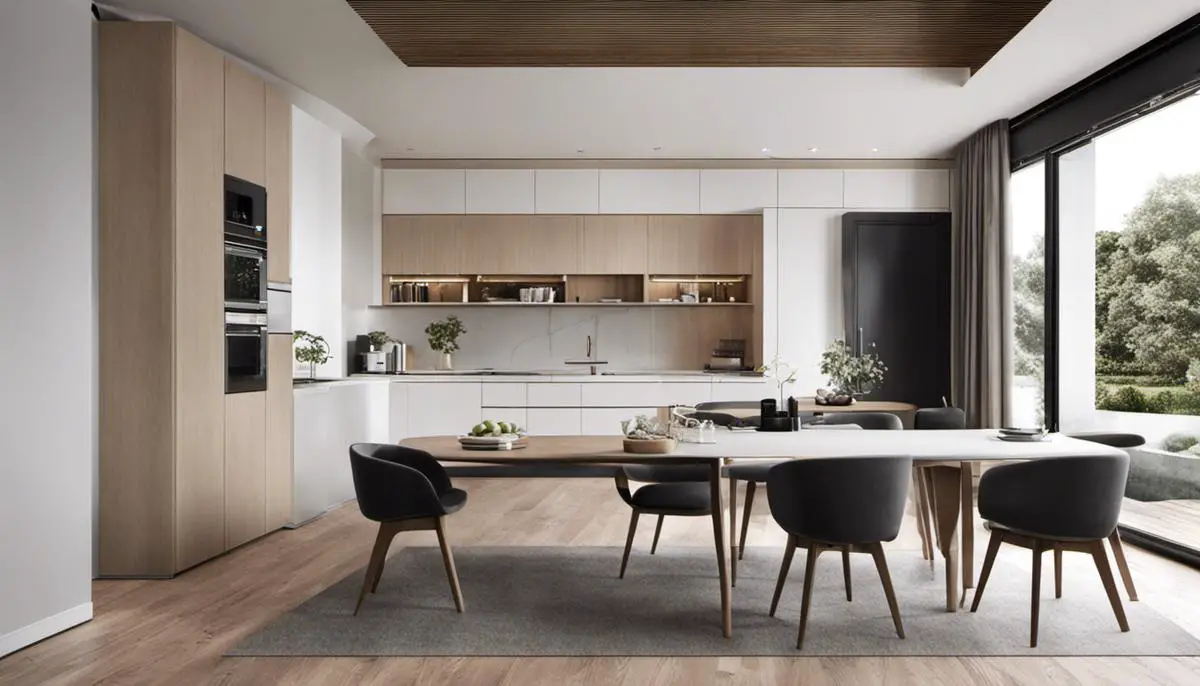
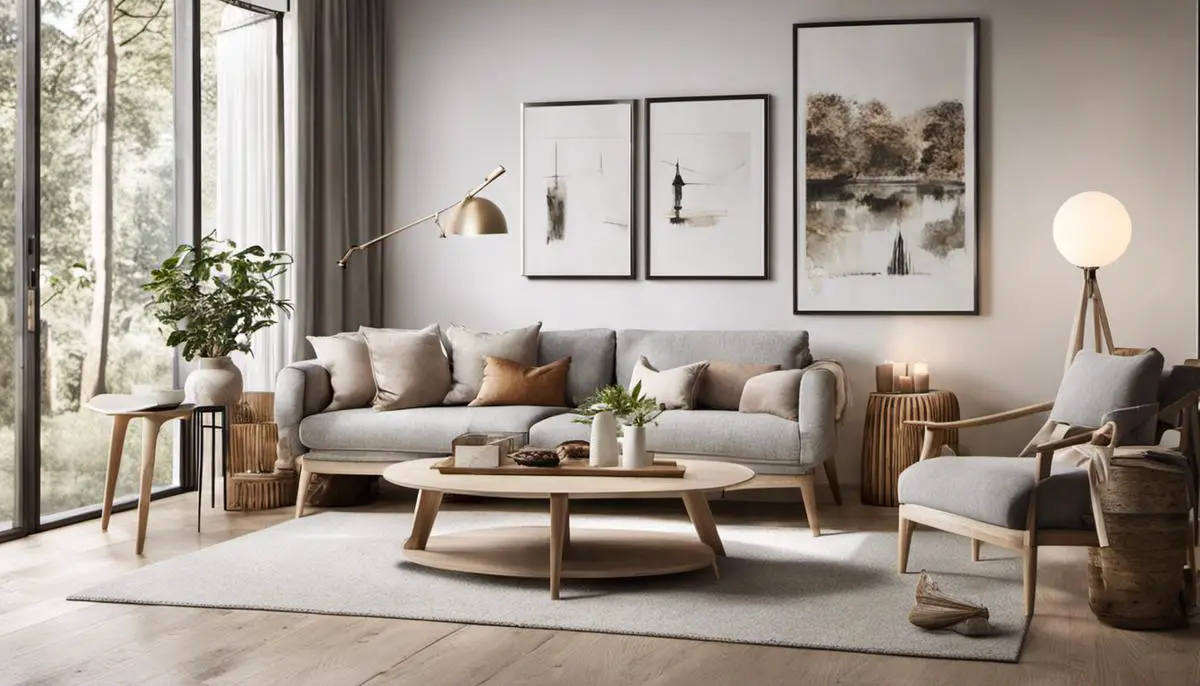
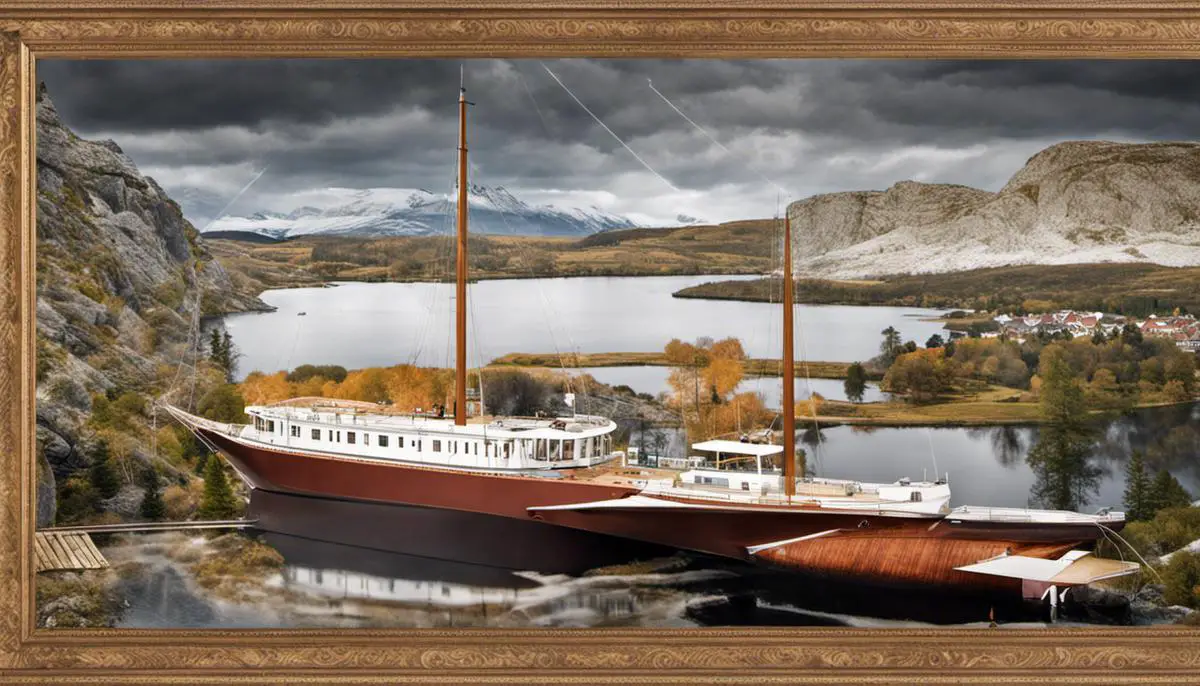
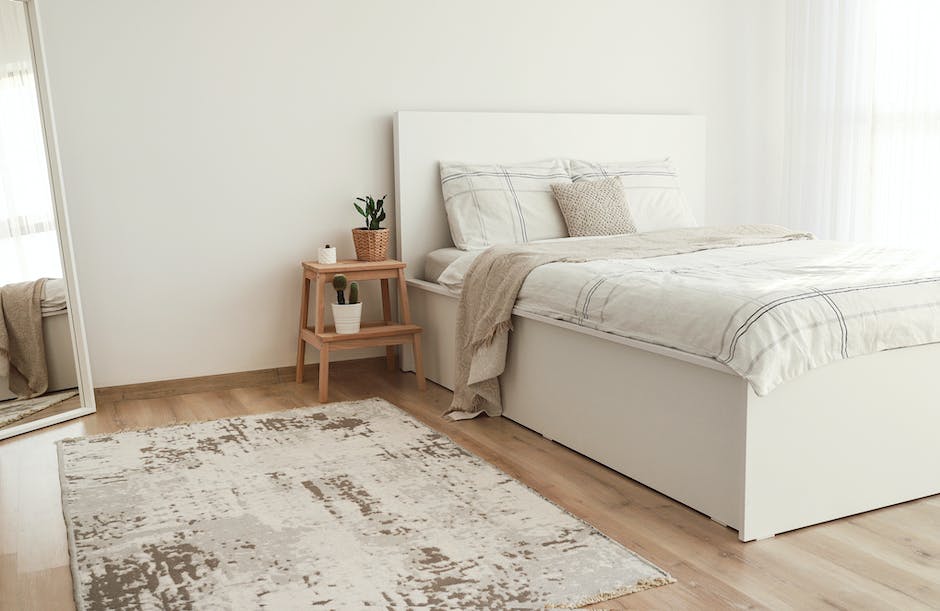
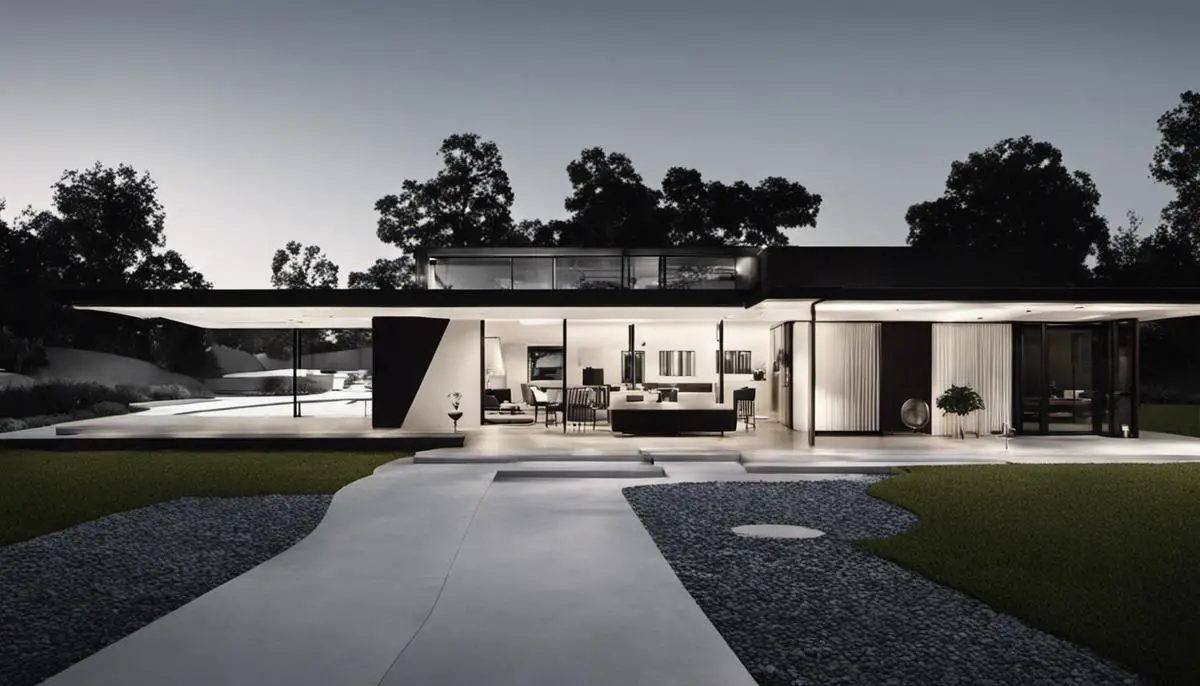
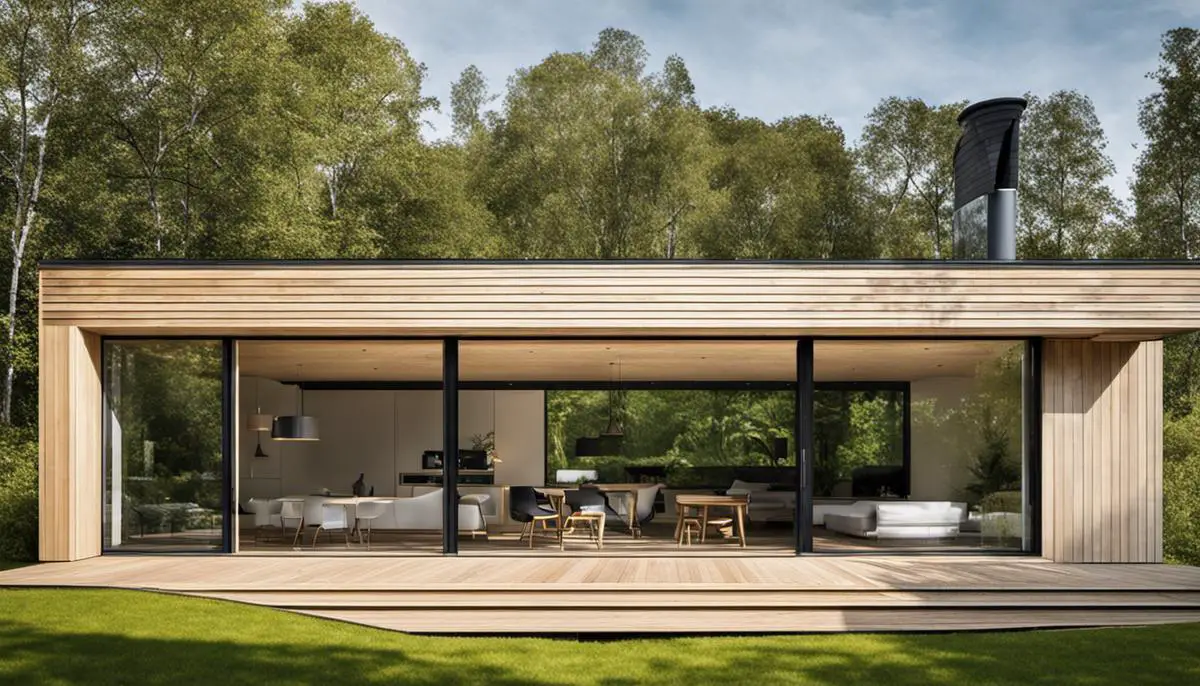

Leave a Reply